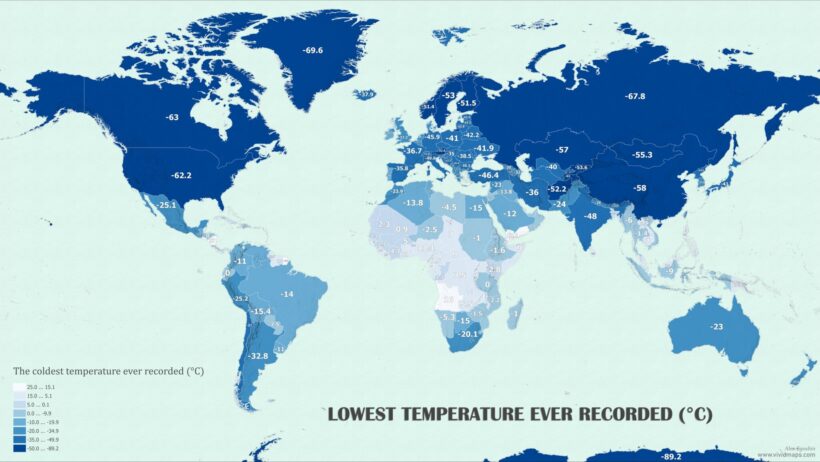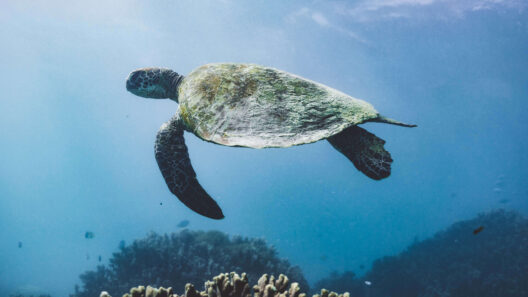Russia, a vast landmass that stretches across two continents, exhibits a climate that is as diverse as its geography. Spanning eleven time zones and entwined with an intricate tapestry of ecosystems, the climatic conditions of Russia can be described through three predominant categories—cold, colder, and coldest. Each segment elicits its own unique manifestation of winter, a season that envelops much of the country and shapes the lives of its inhabitants.
The expanse of Russia is dominantly influenced by the polar continental climate. In the north, the Arctic Circle descends upon the land, draping it in a shroud of frost for a significant portion of the year. With frigid air masses swirling perpetually from the Arctic Ocean, the northern territories, such as Siberia and the Chukchi Peninsula, plunge into temperatures that can plummet below -50°C (-58°F). These extreme conditions act as nature’s sieve, filtering out those ill-prepared for the unyielding brutality of the cold.
Moving southward, one encounters the subarctic climate characterized by a marked seasonal variation. Here, the winters are not as caustic as those prevailing in the far north, yet still provide a formidable challenge. Coastal areas, such as Murmansk along the Kola Peninsula, endure lengthy winters accompanied by heavy snowfall. These regions encapsulate a vivid dichotomy; the peaceful allure of snowflakes drifting lazily to the ground coexisting with the harsh realities of bone-chilling temperatures. The beauty manifests not just in majestic landscape vistas but also in the resilience of both flora and fauna, adapting to thrive against the odds.
The charm of the Russian climate, however, is articulated through the metamorphosis of its seasons. The coldest part of the year, extending from late November through March, is a time when the idyllic white blanket of snow transforms Russia into a veritable winter wonderland. The trees, clad in glistening frost, shimmer like diamonds under a pale sun, while the rivers and lakes adopt a serene stillness, often fortified by thick ice. Yet, this pristine landscape belies the treachery that lurks beneath its façade. The frigid elements speak to both beauty and danger, captivating yet unrelenting, as frostbite lurks in the shadows for the unprepared.
The transient nature of Russian winters offers an opportunity to explore the cultural and psychological undercurrents of this frosty tapestry. Home to an extensive array of ethnic groups, each with their own traditions and adaptations to the frigid climate, Russia’s diversity is reflected in its multifaceted responses to the cold. Festivals celebrating the winter season pop up like unexpected blossoms, where the harsh climate becomes a backdrop for community bonding and celebration. In the heart of winter, warmth is found not just in the physical sense but in the spirit of camaraderie that emerges when facing the relentless cold together.
As one ventures deeper into the heart of Siberia, the climate showcases its most extreme manifestations. Yakutsk, the coldest city on Earth, boasts average winter temperatures of -30°C (-22°F), with records plunging even further. Living in such a climate demands not only adaptability but also resilience. The juxtaposition of life and survival becomes stark as denizens navigate every day in a realm where the mercury consistently dips, turning breath into mist and leaving indelible impressions on both the landscape and the human spirit.
The tundra, an ecosystem representative of the coldest extremes, reveals an expansive canvas painted in whites and deep blues, where life appears sparse yet teeming with a quiet tenacity. Caribou migrate across these frozen plains, embodying perseverance, while hardy shrubs and lichens cling stubbornly to life in an environment that seems to conspire against them. Each ecological niche within the tundra tells a story of adaptation, illustrating the delicate balance between struggle and survival amid the coldest conditions.
In contrast, the western and southwestern regions of Russia, such as Moscow and St. Petersburg, encounter a more temperate climate, albeit still defined by distinct cold spells. The continental climate here bestows a more nuanced variety of seasons, breathing life into the cultural dynamism these cities exude. Despite the cold, the cities thrive, twinkling with lights against the dark backdrop of winter nights, where museums and theaters brim with life, untouched by the chill. It serves as a testament to the indomitable human spirit—an intricate dance between warmth and cold.
As climate change ebbs and flows, the repercussions of shifting temperatures increasingly loom over Russia. The melting permafrost serves as a harbinger of transformation not just for the environment, but also for indigenous communities and their longstanding connections to the land. As temperatures rise, the very fabric of traditional life frays, demanding adaptation in a world where cold has long been a steadfast companion. The challenge lies in acknowledging the beauty of this frigid domain while confronting the imminent shifts threatening to alter its essence.
In conclusion, Russia’s climate, steeped in attributes of cold, colder, and coldest, encapsulates a remarkable narrative of endurance and adaptability. This enigmatic land, painted in hues of white and ice, provokes contemplation on the relationship between humans and nature in a world increasingly touched by climate change. The uniqueness of Russia’s winter, with its harsh realities and captivating allure, stands as a powerful reminder that within each gust of cold wind lies a story waiting to be told—a testament to resilience in the face of adversity amidst Earth’s breathtaking extremes.








